Faculty and Staff Perceptions of the Phenomenon of “Toxic Leadership” Factors and Variables: Implications on Job Satisfaction
Abstract
The mixed methods study was based on selected toxic leadership perceptions among faculty and staff in higher education institutions. For phase one of the study, a web-based survey was launched to analyze faculty and staff perceptions of toxic leadership behaviors. This study examined how survey respondents from a sample of faculty and staff at higher education institutions perceived toxic leadership factors and variables. The selected literature seemingly suggested an increase in toxicity experienced by faculty and staff in higher education institutions. Among the survey participants (N=33), most strongly agreed that toxic leadership impacted their perceptions and workplace culture. Based on the data analyzed by both (faculty and staff), the groups also agreed that toxic leadership antagonistically affected their morale, psychological well-being, and self-esteem. For those who identified as being affected by toxic leadership, open-ended survey item responses gave further information and depth on why selected participants, as employees, persevered in a workplace despite abusive supervision. The data analysis by the researcher revealed common themes and characteristics shared by both participant groups. These variables and factors seemingly suggest linkages that affect employee retention, indicating significant potential for further research of a larger representative sample size.Based on the findings and limitations of this study, it is suggested that future research be conducted using a stratified sample of participants representative of each age group, institutional type, region of the country, U.S. territory, and within state and private settings. It is also recommended that the U.S. Department of Education and the U.S. Labor Department individually seek to conduct a 10-year longitudinal study of the phenomenon of toxic leadership in higher education in the U.S. and territories. In the next era of higher education leadership, toxicity should be measured as part of the accreditation process. Perhaps a survey instrument that captured toxicity in the workplace as a component of the accreditation process could spark discussions that lead to reforms and serve as a springboard for investigations into toxic leadership at higher education institutions. Ultimately, the researcher hopes this research will help others create positive social change, supplemented by theory and practice. This idea should include transforming the workplace into one that provides psychological safety and joy and is a healthy place for everyone—conquering the code of silence and overcoming the fear of retaliation!
Subject Area
Higher education|Educational administration|Education
Recommended Citation
Farrior, Anthony, "Faculty and Staff Perceptions of the Phenomenon of “Toxic Leadership” Factors and Variables: Implications on Job Satisfaction" (2023). ETD Collection for Fayetteville State University. AAI30811501.
https://digitalcommons.uncfsu.edu/dissertations/AAI30811501

